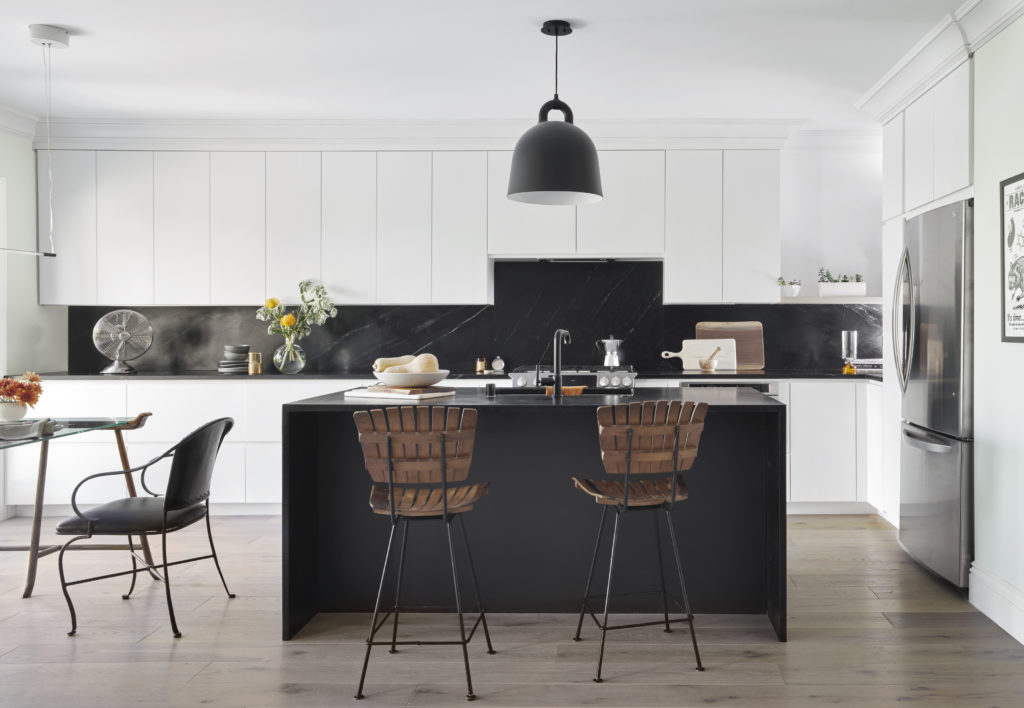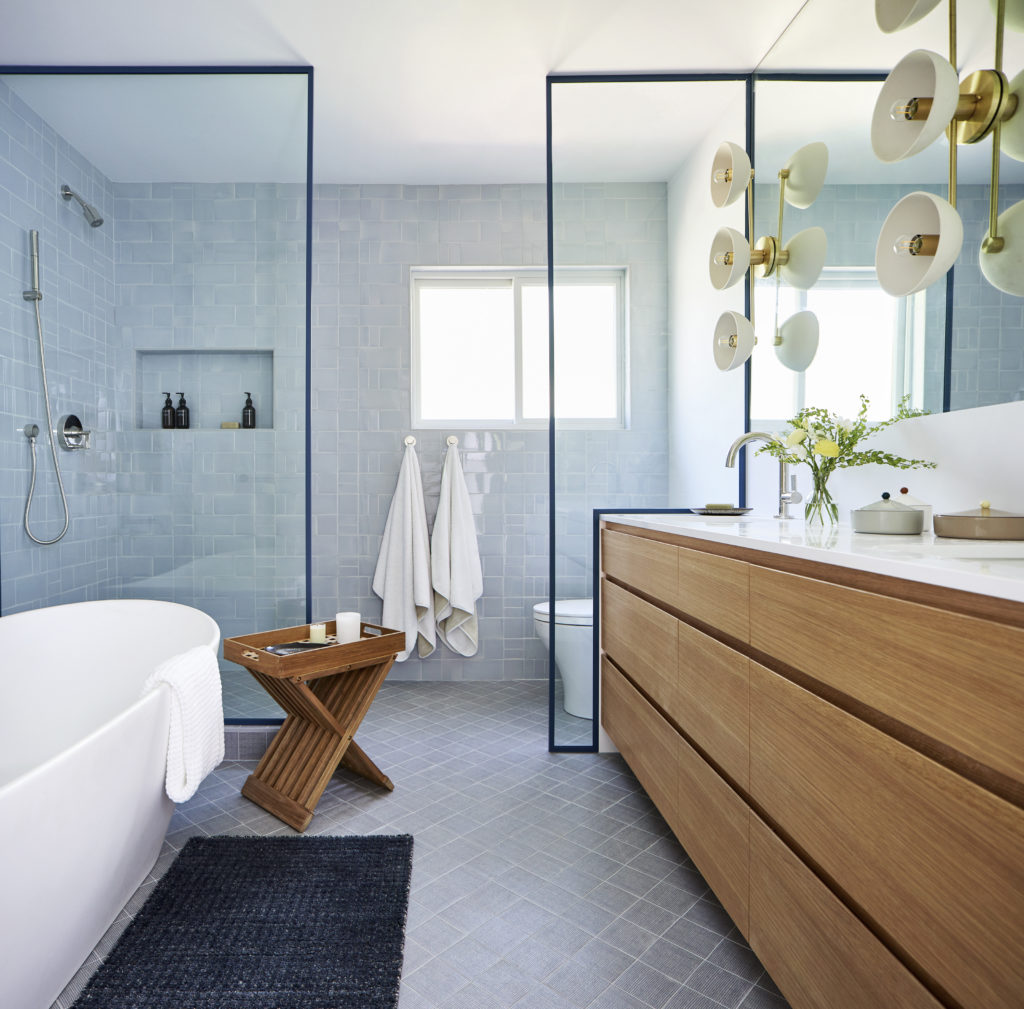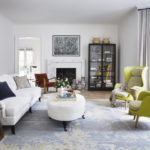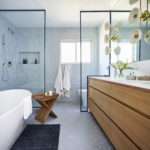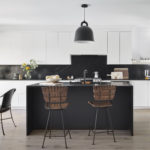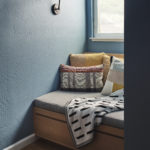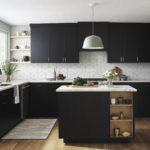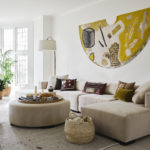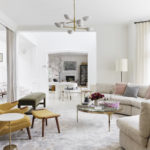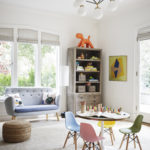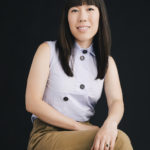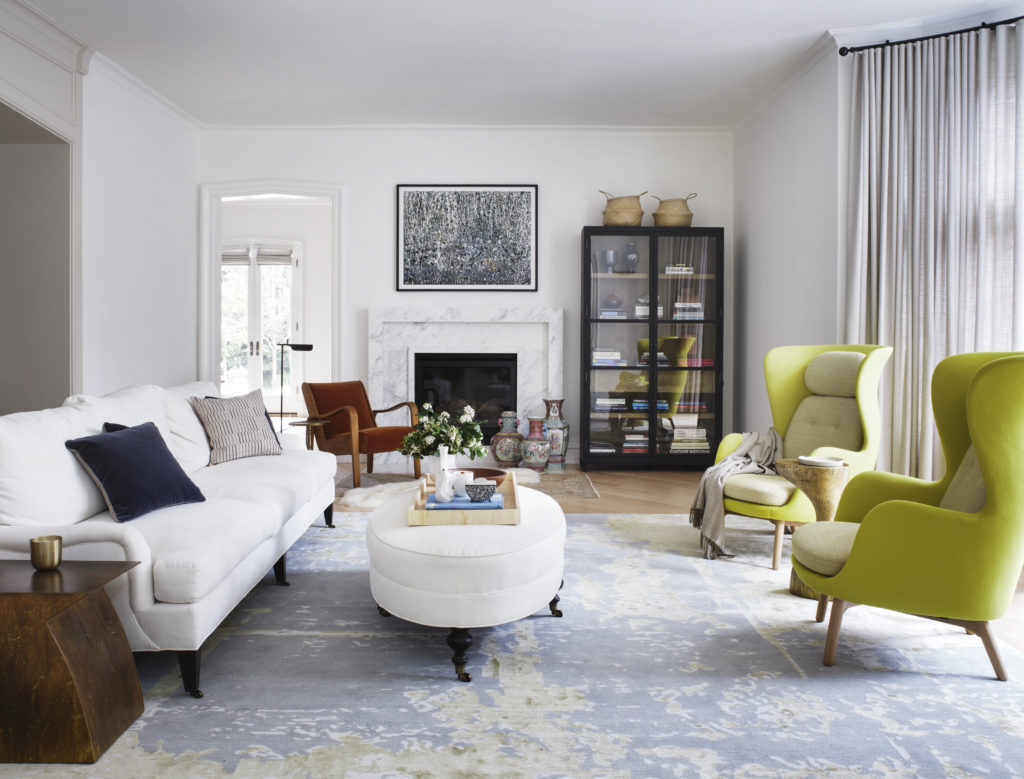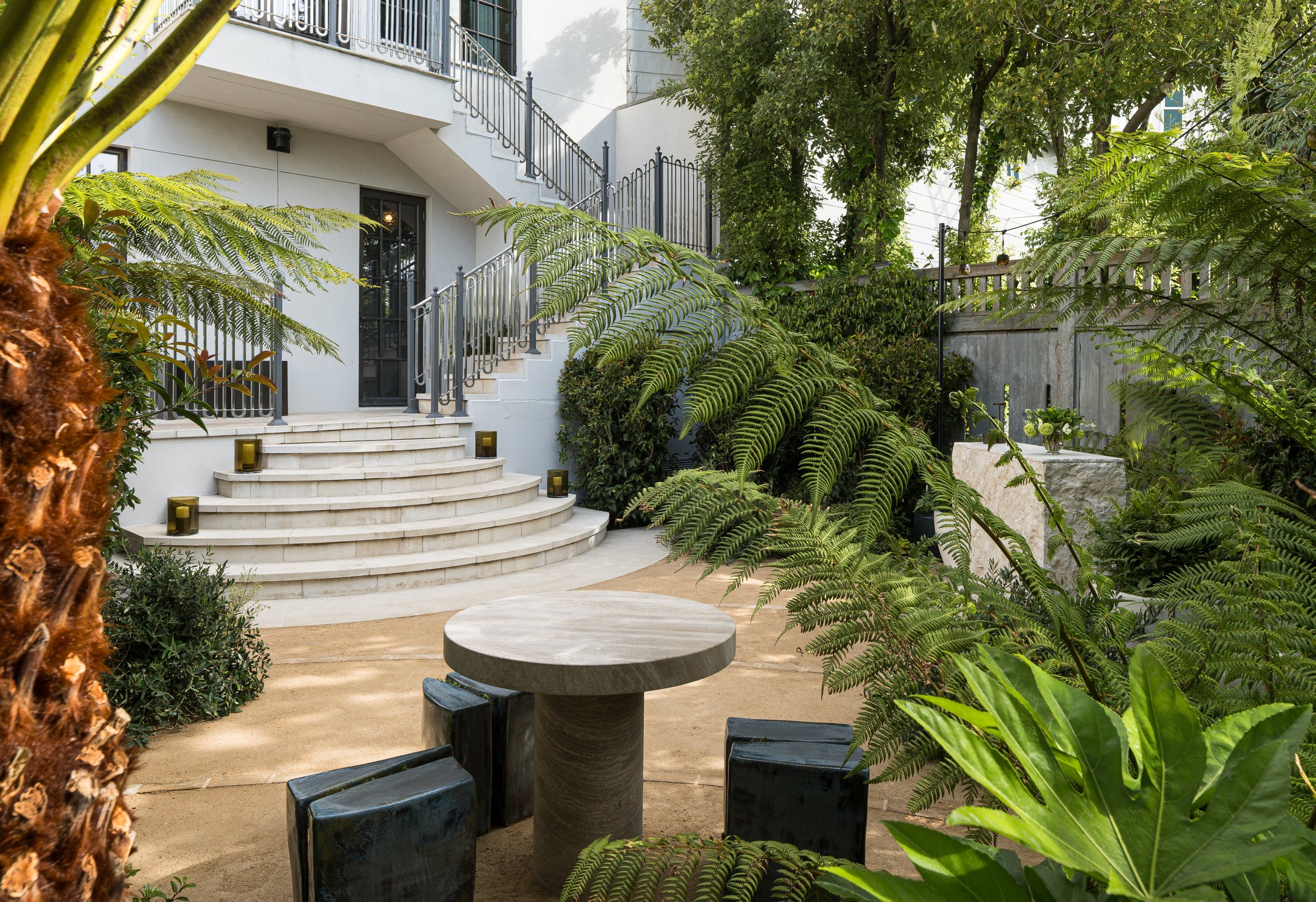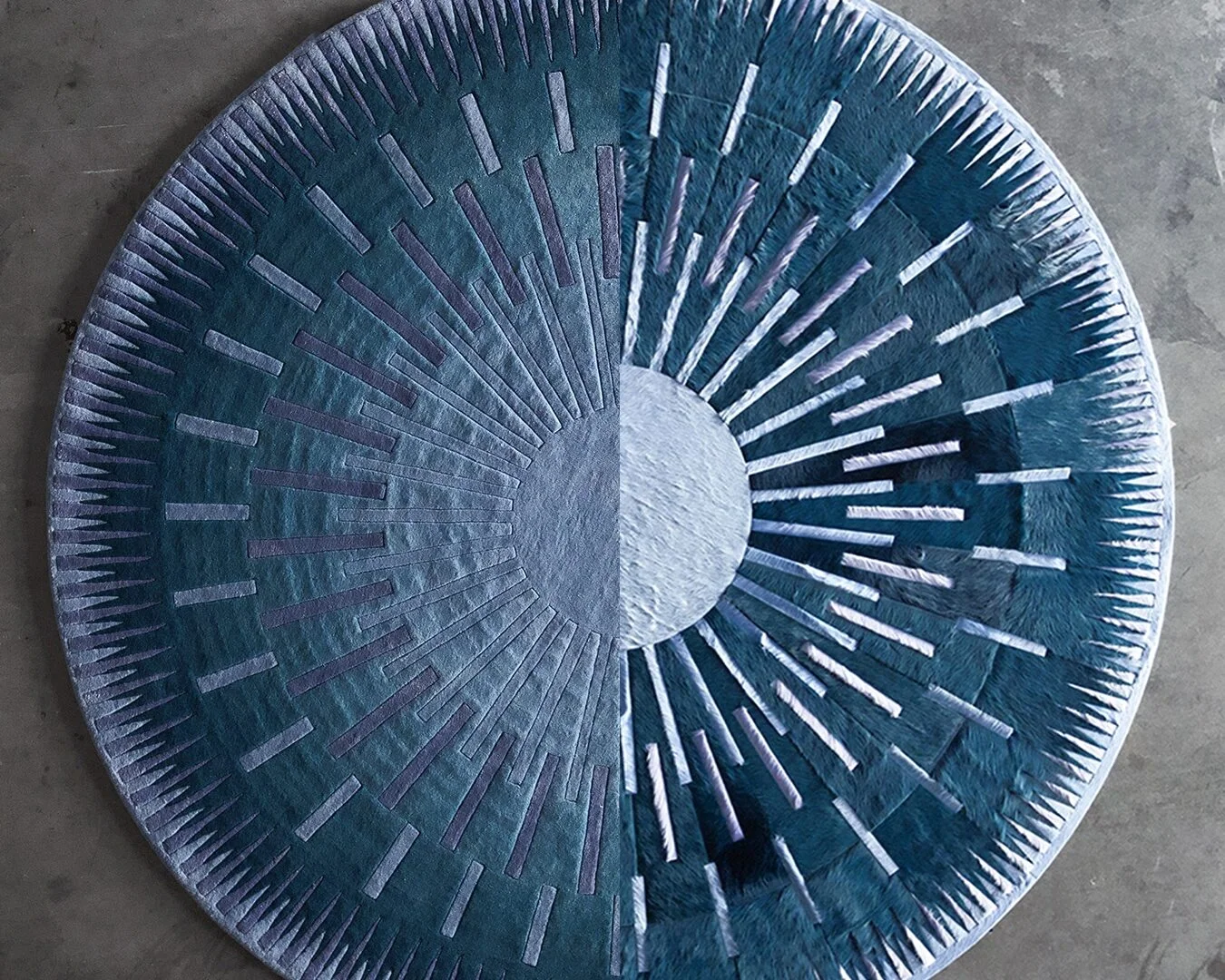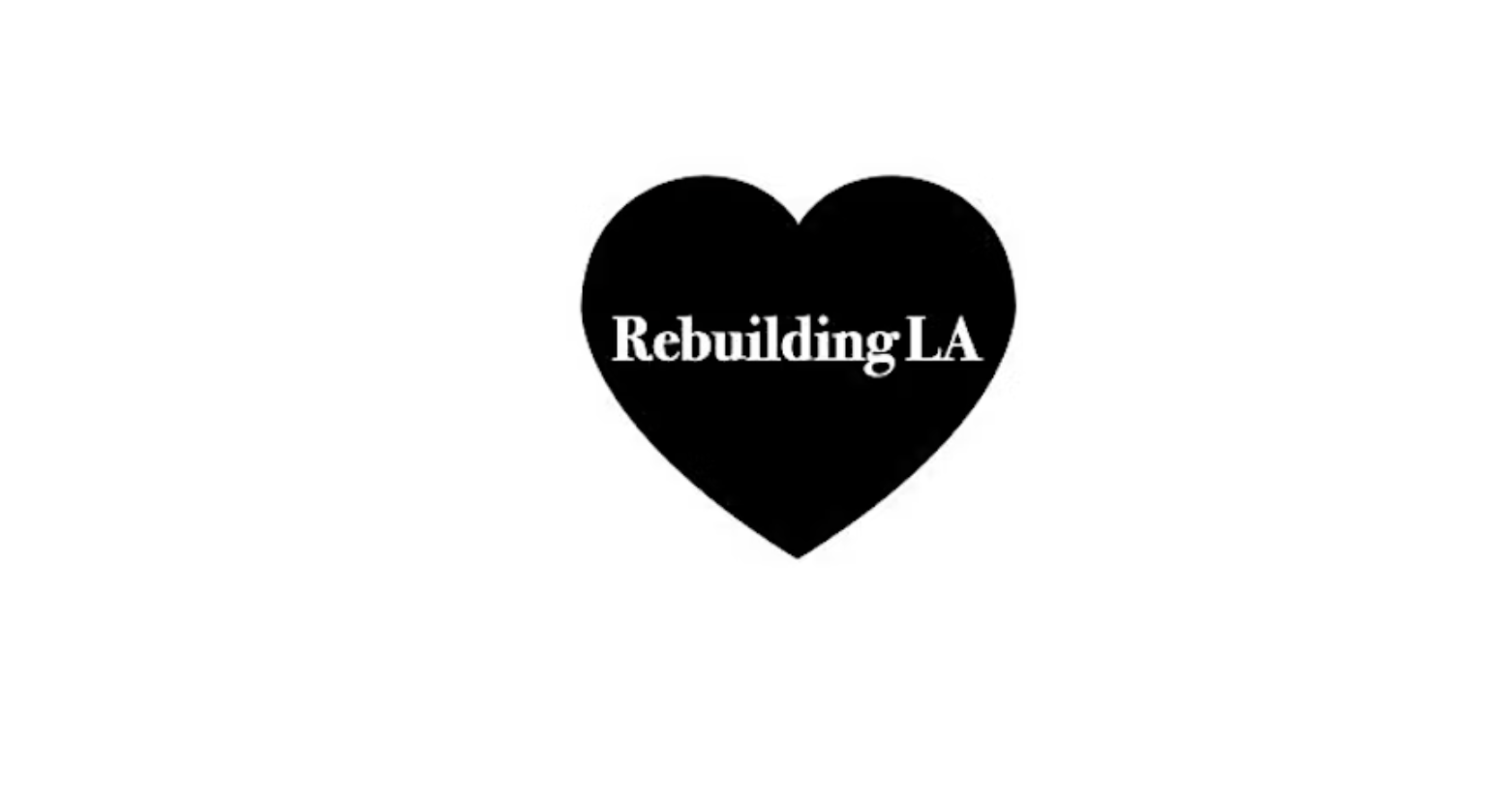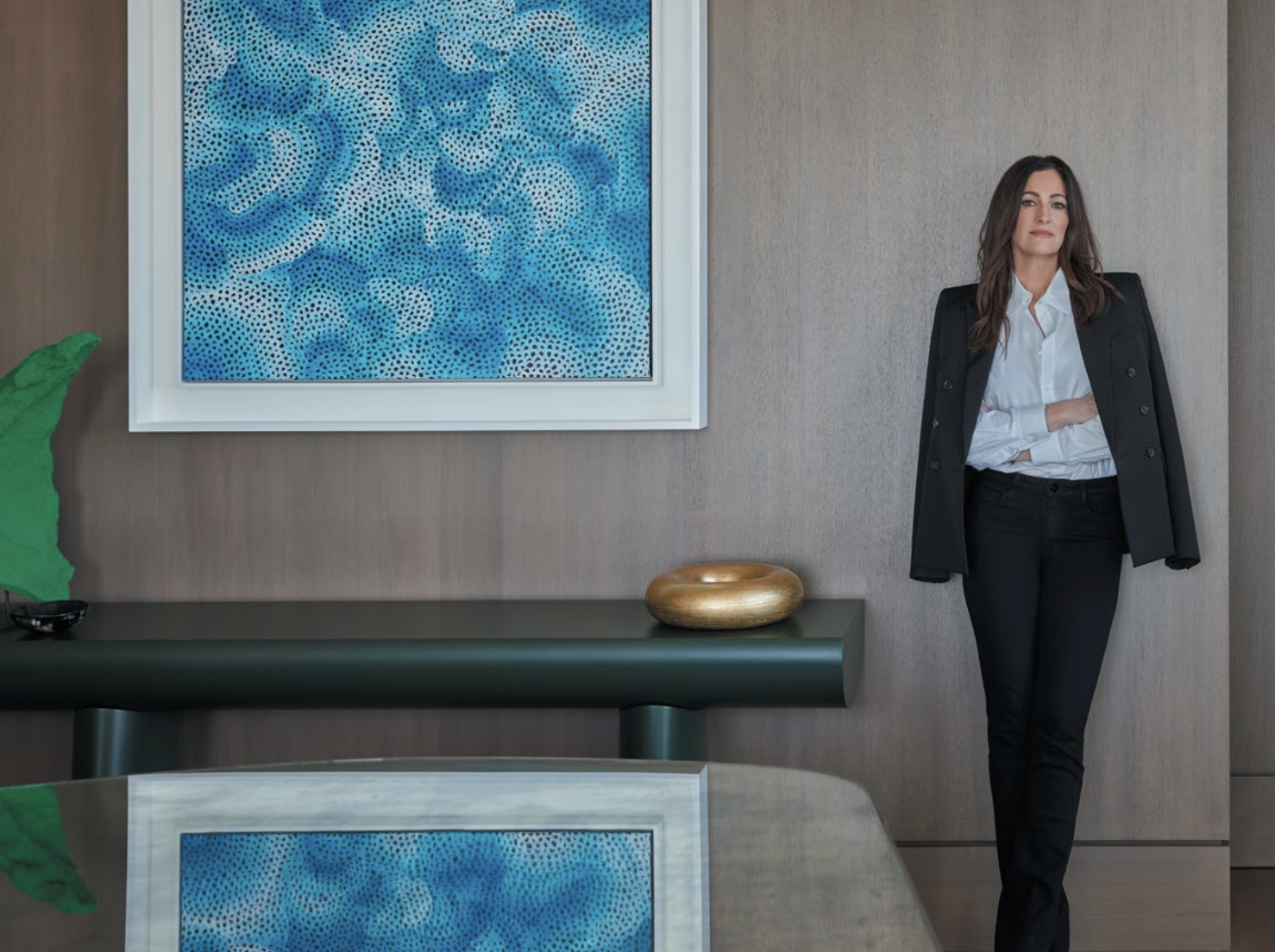Designer Crush: Christine Lin of Form + Field
Author:Lindsey ShookFounder of Bay Area design firm Form + Field—Christine Lin—is a true creative at heart. After studying architecture and engineering, she decided to embark on career in tech where she found great success. However, she yearned to return back to her roots and fulfill her passion for all things design. Her experience in the both startup and corporate cultures coupled with her educational training proved to be the perfect recipe for building a rewarding career in design. Here, she shares more on her path to design.
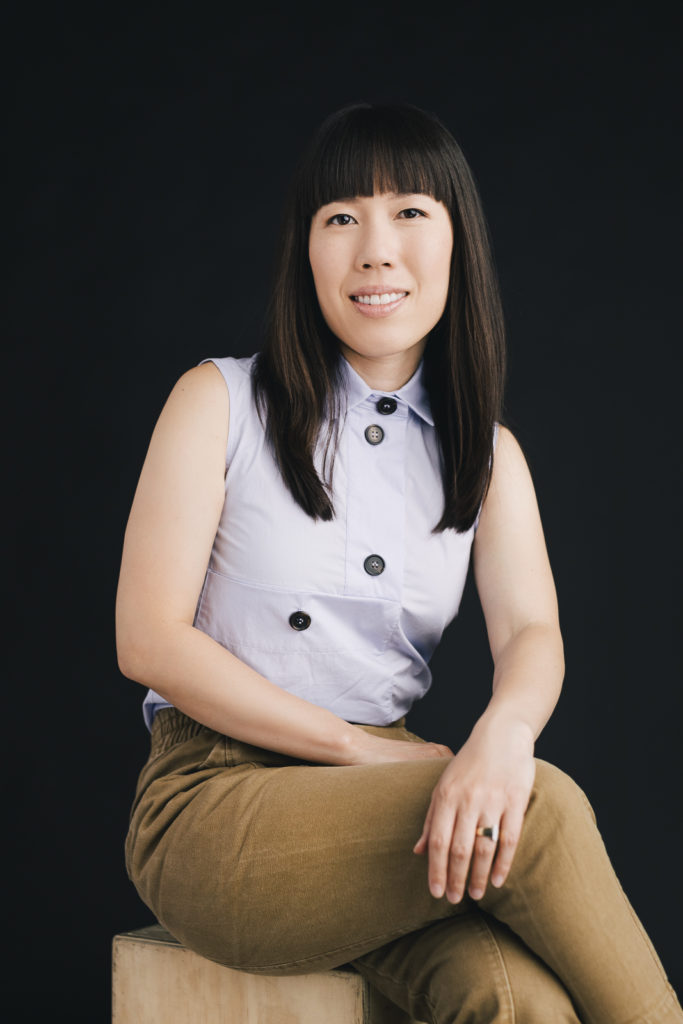
–Why did you embark on a career in design? I have always loved art and design—as a kid, I was really into crafting, fashion/sewing, drawing and photography, you name it! Growing up in Delaware, I wasn’t exposed to a wide range of design in my environment, however, my parents really loved visiting museums, so we often went to the amazing museums in NYC and Washington D.C. which helped me cultivate an appreciation for arts and culture.
I took art classes in high school as my electives and while they were my favorite classes, becoming an artist was out of the question for my family who were more comfortable with safer professions such as lawyer, doctor, engineer, etc. My art teacher was the one who suggested that I look into architecture, and of course, the first architect that anyone learns about is Frank Lloyd Wright. I even had my parents go with me on a road trip to visit Falllingwater, a 4.5 hour drive from Delaware!
That’s what got me thinking about design as a career, although I never pursued it until four years ago, despite getting a bachelor’s degree in architecture. I ended up having a career in the tech industry for many years while keeping up my graphic design and photography hobbies on the side. Then, it all changed when I designed and renovated my husband’s (then boyfriend’s) surf house in Santa Cruz, that’s when I knew interior design was it! Less than a year after starting the surf house project, I had quit my job in tech.
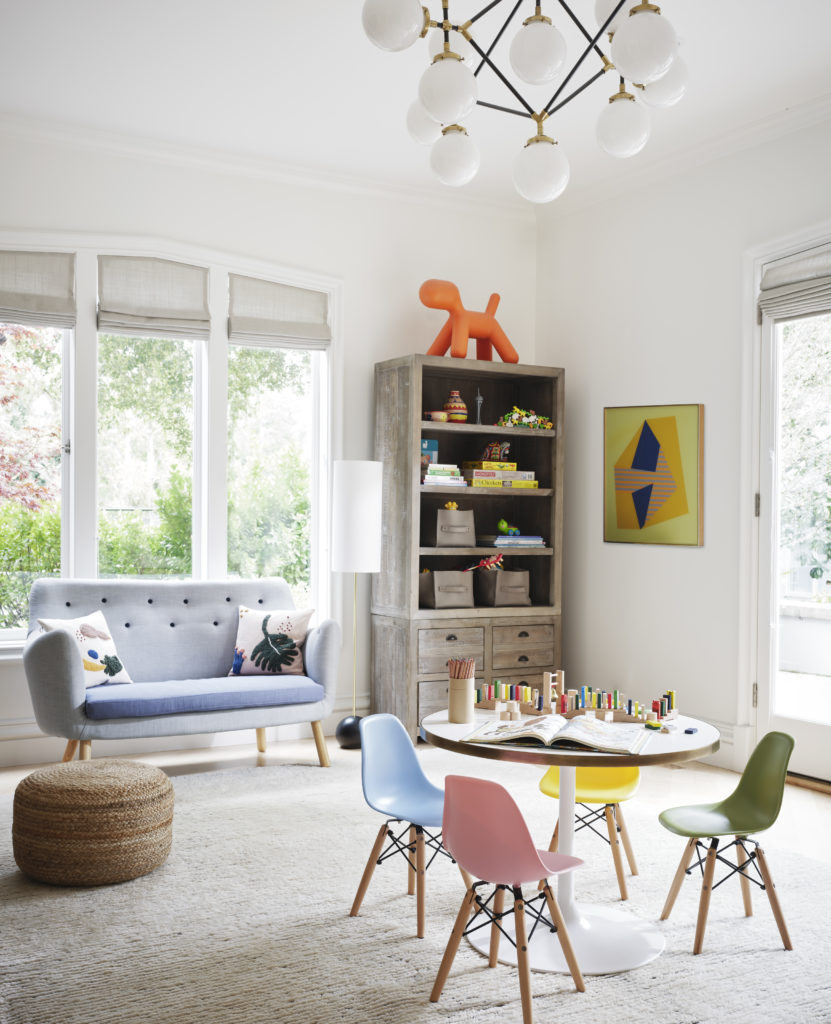
–How do you describe your style? Eclectic modernism. I’m definitely a modernist in my general approach to design, and still draw a lot of inspiration from modernist architects such as Louis Kahn. Related, there’s a desire to consider everything as a “total work of art” – the architecture, the landscape, thinking through the entire sensorial experience.
That being said, I appreciate whimsy and having fun with design – I don’t take design too seriously and you will rarely find me waxing philosophical about it. This is where the eclectic part comes in—I do have an appreciation for beauty for beauty’s sake and the ornamentation that comes with that. At the end of the day, our designs balance the form and function demanded by modernism with the beauty of human imperfection, the unexpected and the unconventional.
Our approach is also client-centered. Clients often tell us that what they’re attracted to is the fact that every single one of our projects expresses a different personality. You can’t just interchange rooms between projects. We truly try to bring out the best of our client’s style in every detail and take pride in how unique each project is.
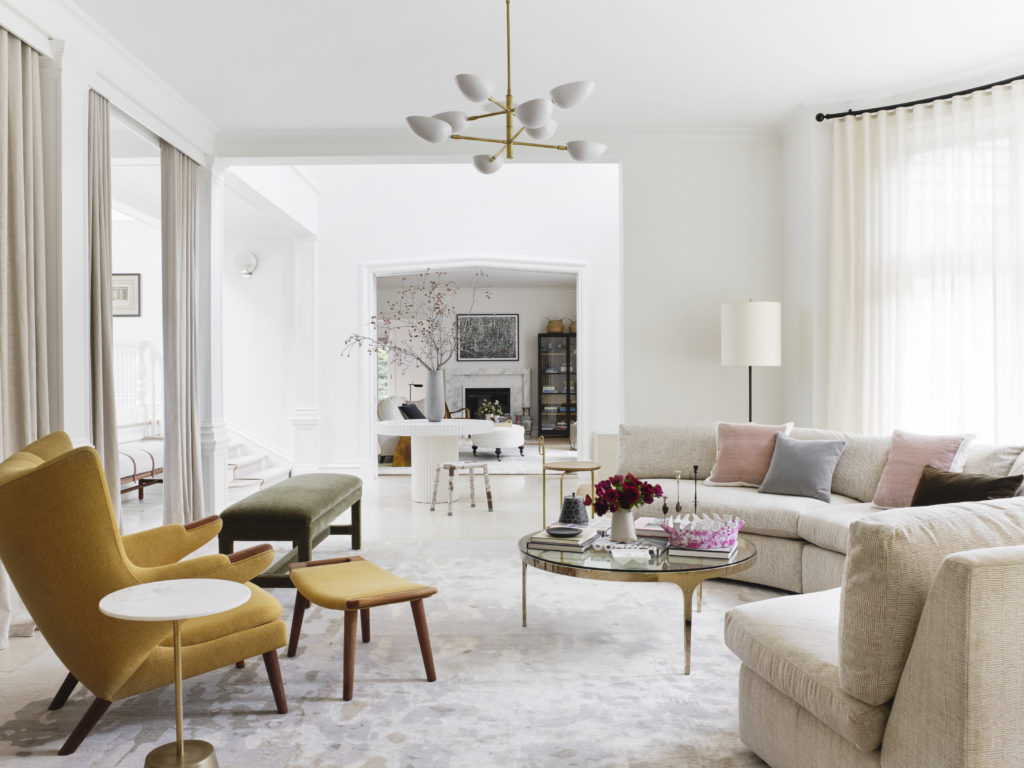
–Which other designers or creatives inspired your career the most? Tadao Ando has been hugely inspiring foundationally for how he thinks about light and space and his focus on how a space makes one feel versus only the outward appearance. There’s been a proliferation of contemporary design that places windows everywhere, but that’s not always the best design solution or experience. Ando’s genius is in framing views and experiences and manipulating light and shadow to draw people through a space. It’s what you could call a cinematic approach to design, and that’s how I internally think about a space when I’m designing.
On my most recent trip to Japan, I made the pilgrimage to Naoshima “art island” where Tadao Ando designed several museums and buildings, and in experiencing the spaces, it was almost like a spiritual experience because of their beauty and simplicity.
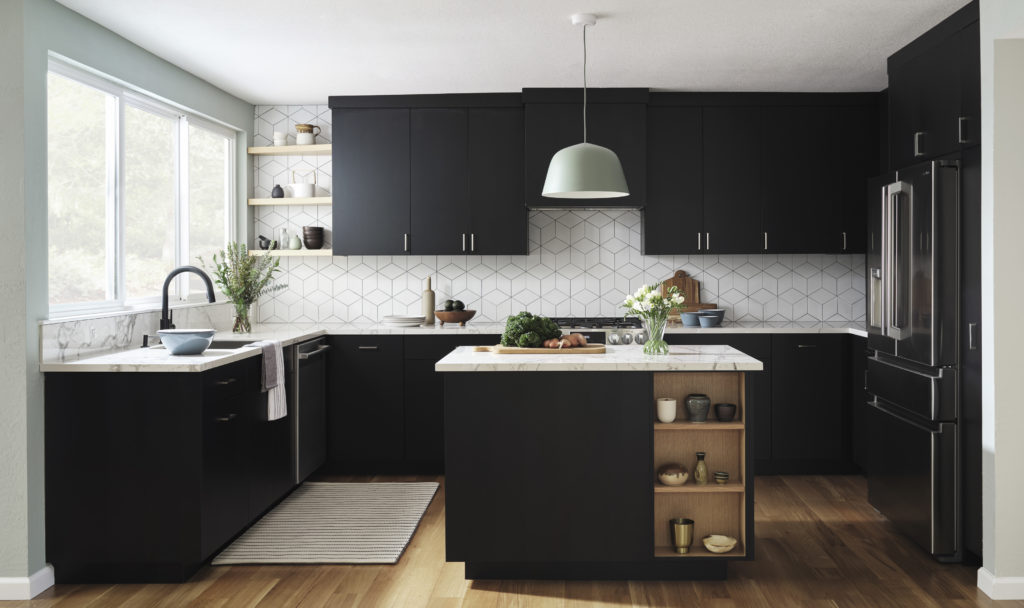
–Describe one particularly memorable project and what made it so special. Our Atherton project (which was kicked off just over three years ago) allowed me to quit a freelance position and focus on Form + Field full-time! It was the biggest project I had ever worked on at almost 10,000 sq ft, as well as the most historic having been once owned by the Levi Strauss family. I’ll be forever grateful to the clients who put their trust in me. The final reveal was nerve wracking to say the least, but the clients loved it and were so appreciative. Creating that joy for clients has always been the biggest reward for me and what drives me on a daily basis.
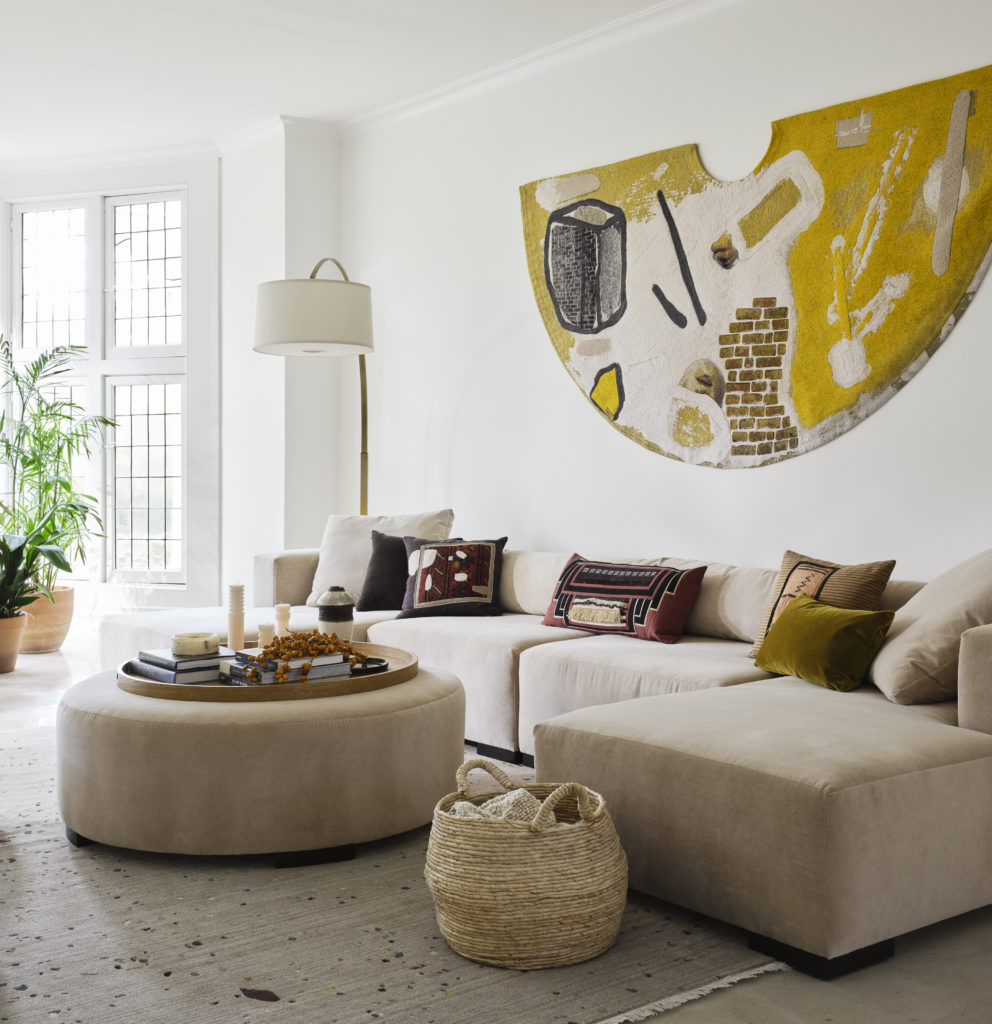
–Any brands or furniture/decorative artists you are obsessed with?Sabine Marcelis is a designer I’ve been following since seeing a resin light fixture of hers at Design Miami back in 2015. I love her experimentation with light and resin, and plan on acquiring a piece of hers sooner rather than later!
Casey Johnson came on my radar more recently with his beautifully sculptural collection of carved hat mounts. His medium is wood, and even in practical pieces such as tables and bowls, he manages to express such a joyful sense of movement and form.
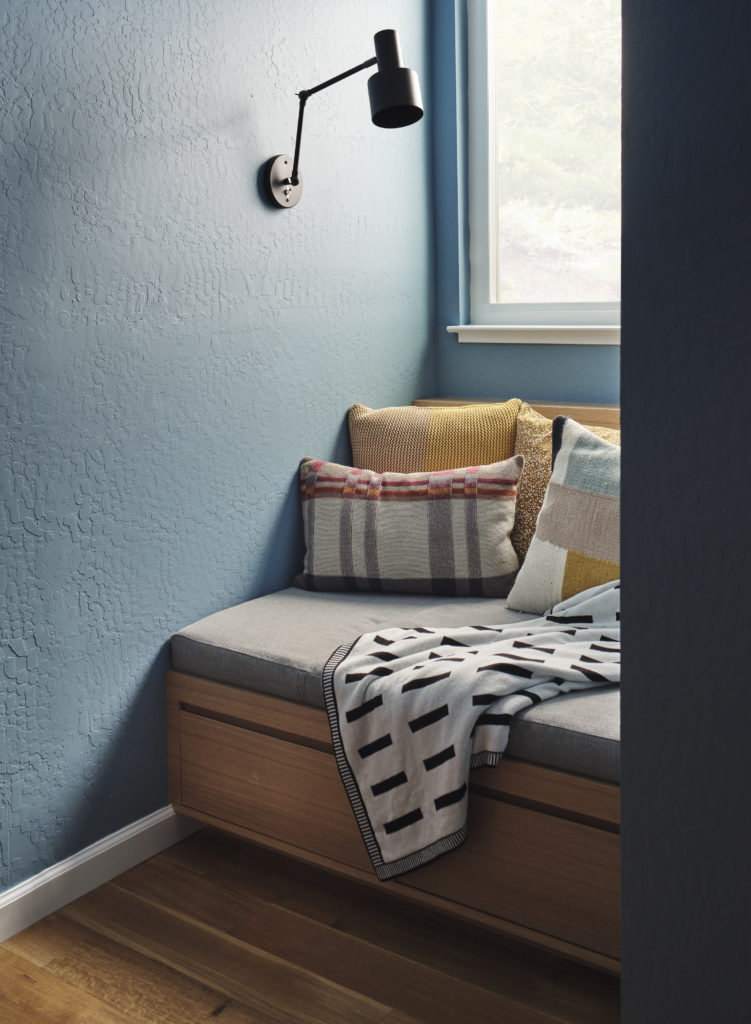
LIGHTNING ROUND:
-Favorite artist/musician right now?
Local San Francisco artist Davina Semo who is represented by Jessica Silverman Gallery. I’ve seen her work at a couple FOG Art+Design fairs, and I’m always drawn to them and want to know more!
–Go-to guilty pleasure during the pandemic? A lot of streaming TV… in fact I’ve run out of things to watch. I need recommendations!
–First concert? Red Hot Chili Peppers when I was in high school. I still have the ticket pinned to my cork board in my childhood bedroom at my parents’ house!
–Current designer crush? Two come to mind – Fiona Lynch for her thoughtful detailing and material palettes, and Pierre Yovanovitch for his playfulness.
–Favorite design book? A Pattern Language by Christopher Alexander which was written in the 1970s. It’s well-known in architecture and surprisingly less so in the interior design industry despite having a lot of application to interiors. The book focuses on a human approach to design and shares the “patterns” or guidelines to create that. “[Modern decor] is most beautiful when it comes straight from your life – the things you care for, the things that tell your story.”
